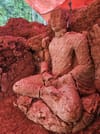- Dr Hilman’s claim that Gunung Padang is a 20,000-year-old pyramid has sparked backlash from mainstream scholars, halting research multiple times.
- Renewed excavations and 3D scans in 2023 revealed hidden chambers and structures, drawing support from international researchers.
- If proven true, Gunung Padang could shift the birthplace of civilisation and force a rethink of humanity’s ancient past
By Sebastian Lim
IN THE LUSH highlands of West Java, beneath layers of volcanic ash and political resistance, lies a mystery that could rewrite human history. Gunung Padang, a hill once thought to be a simple megalithic site, may in fact be the oldest known pyramid on Earth — predating the Egyptian pyramids by tens of thousands of years. At the centre of this controversy stands Dr Danny Hilman Natawidjaja, a geologist turned scientific dissenter, whose evidence has sparked a global debate, pitting mainstream archaeology against a radical new vision of the past. This is not just a story about stones and ruins — it’s a battle over truth, and who gets to define the origins of civilisation.
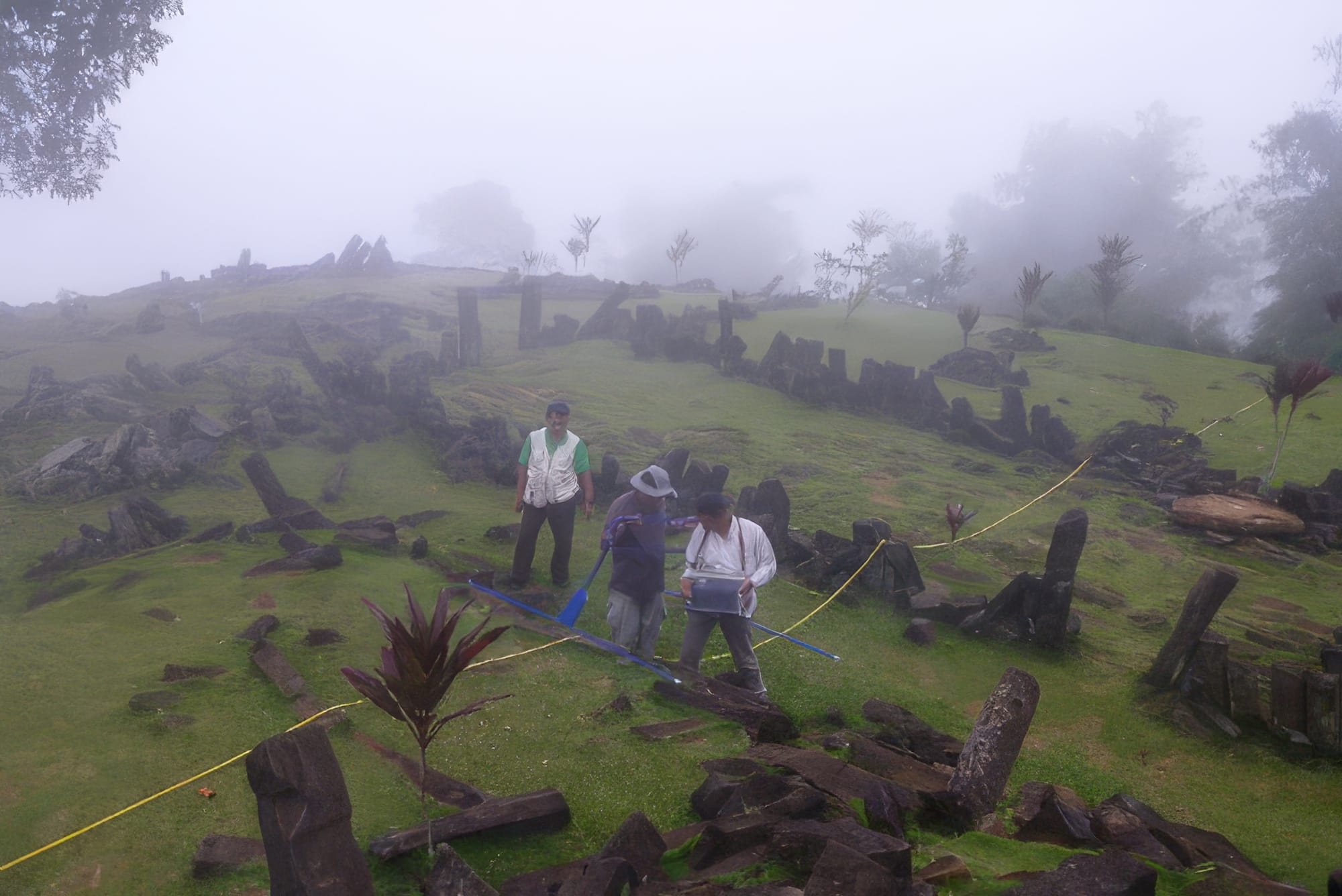
As the morning sun burns through the West Javanese mist, Hilman climbs the worn paths of Gunung Padang, his boots brushing ancient stones half-swallowed by earth and time. The air is thick — not just with the humidity of the tropics, but with tension. Around him lies what he believes is the most important archaeological discovery of the 21st century. But beyond the perimeter of moss and rock, in the world of academia, a storm has long been brewing.
“People told me I was crazy,” Hilman says, with the calm of someone who’s heard it all before. “They laughed. They said, ‘It’s just a hill’.” But the data, he insists, tells a different story.
In Part 1 of this investigation, we explored how Hilman’s seismic surveys, core drillings, and radiocarbon dating suggested that Gunung Padang may be a colossal man-made structure, layered over millennia, with its deepest parts dating as far back as 20,000 BCE. Such a timeline shatters the conventional narrative of human civilisation, which holds that complex societies — and the megalithic architecture that comes with them — didn’t emerge until around 3000 BCE.
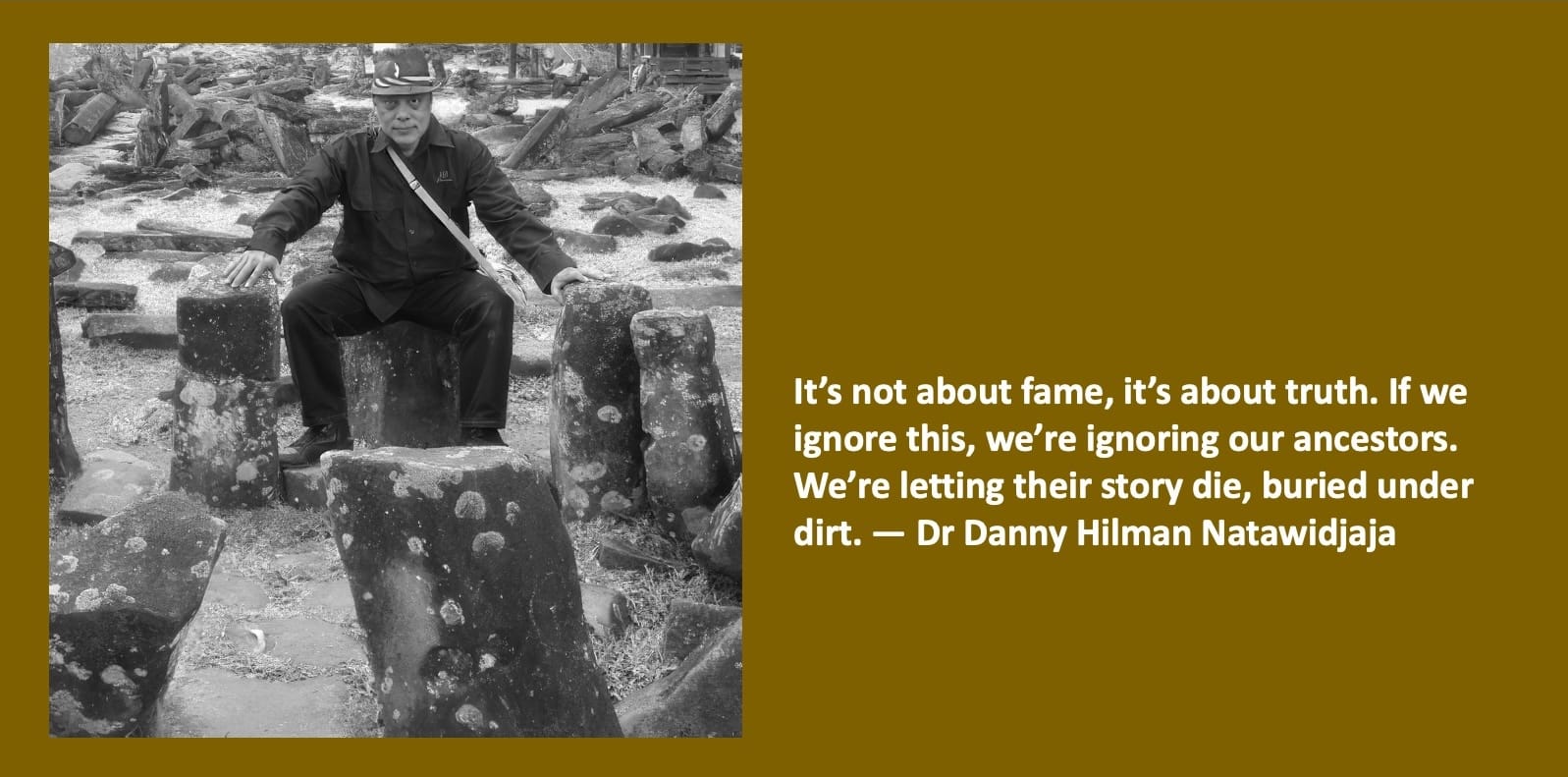
To make such a bold claim is one thing. To defend it in the halls of academia is another. Since 2011, when Hilman and his interdisciplinary team began publishing their findings, a fierce debate has unfolded. Indonesian archaeologists, some of them senior figures within state institutions, accused the project of bypassing archaeological protocols and jumping to conclusions. “We are not against research,” one archaeologist said. “But we are against pseudoscience.”
It was a shot across the bow and it stuck. Research at the site was halted multiple times amid institutional wrangling, media controversy, and accusations of political interference. Hilman, whose credentials include a Ph.D from Caltech and decades of geological fieldwork, found himself branded not just as a rebel — but as a threat to established norms.
“The resistance didn’t surprise me,” he says. “What surprised me was how emotional it got. You’d think we were debating religion.” In a way, they were.
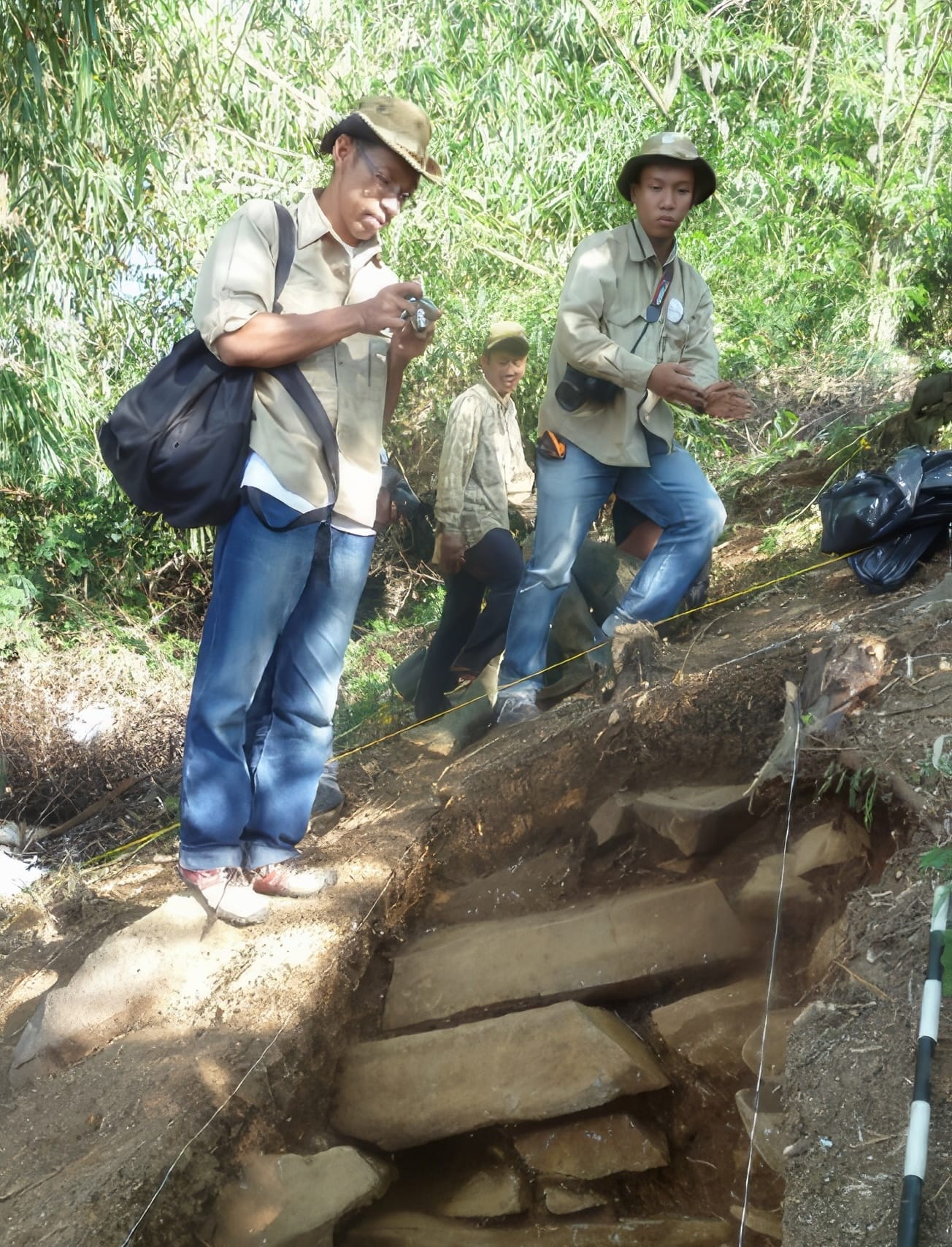
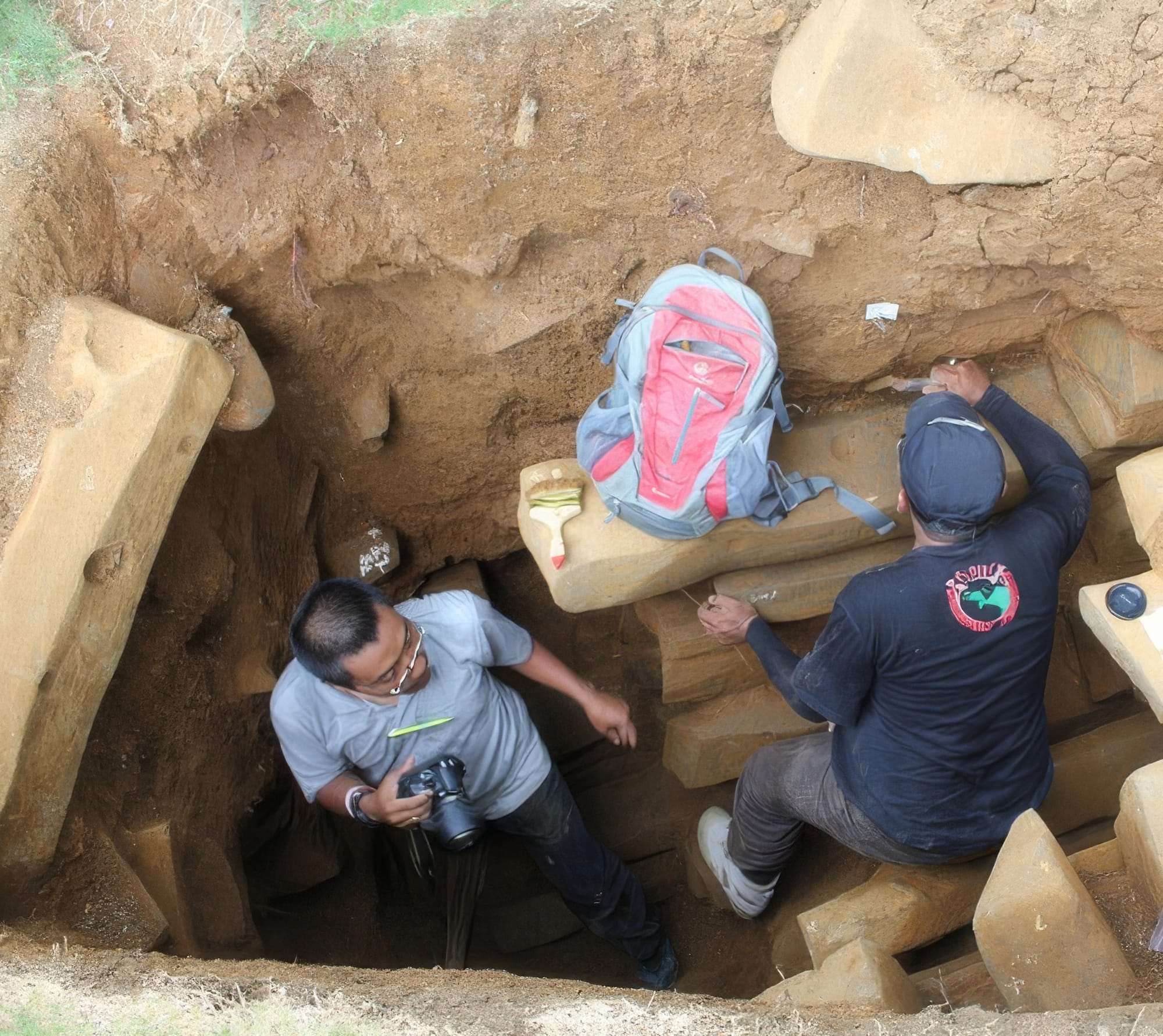
Teamwork of specialists: Dr Ali Akbar, the lead archaeologist (left) and Dr Mudrik Daryono, a geologist
Archaeology is more than the study of old stones. It’s the scaffolding of national identity, academic legacy, and cultural memory. To question the timeline of human development is to pull at the threads that hold those narratives together. If Gunung Padang truly predates the pyramids, Stonehenge, and even Göbekli Tepe in Turkey, then the established sequence of global civilisation must be rewritten — with Indonesia at the forefront.
That notion is both thrilling and terrifying to different camps of scholars. “I’ve been called a nationalist, a dreamer, a conspiracy theorist,” Hilman says. “But no one can explain away the data. And they can’t erase what we’ve seen in the field.”
Hilman isn’t alone. In recent years, international voices have taken notice. Renowned author and alternative history proponent Graham Hancock has visited Gunung Padang and called it “potentially the smoking gun that proves an advanced civilisation existed during the Ice Age.” Others, like Dr Robert Schoch — geologist and professor at Boston University, famous for re-dating the Sphinx — have expressed support for Hilman’s geological interpretations.
Still, the establishment remains cautious. “We need more data. We need interdisciplinary peer review,” says one Indonesian academic. “If this turns out to be true, it changes everything. But extraordinary claims require extraordinary evidence.”
Hilman doesn’t disagree. In fact, he welcomes the scrutiny. “That’s how science works. Let’s dig. Let’s test the theories. Let’s put aside our egos and focus on the evidence,” he says.
The field surveys, including excavations, were primarily conducted from November 2011 to October 2014, but the continuing analysis of data was carried out years later, until the paper describing most of the results was published in the Archaeological Prospection journal in 2023.
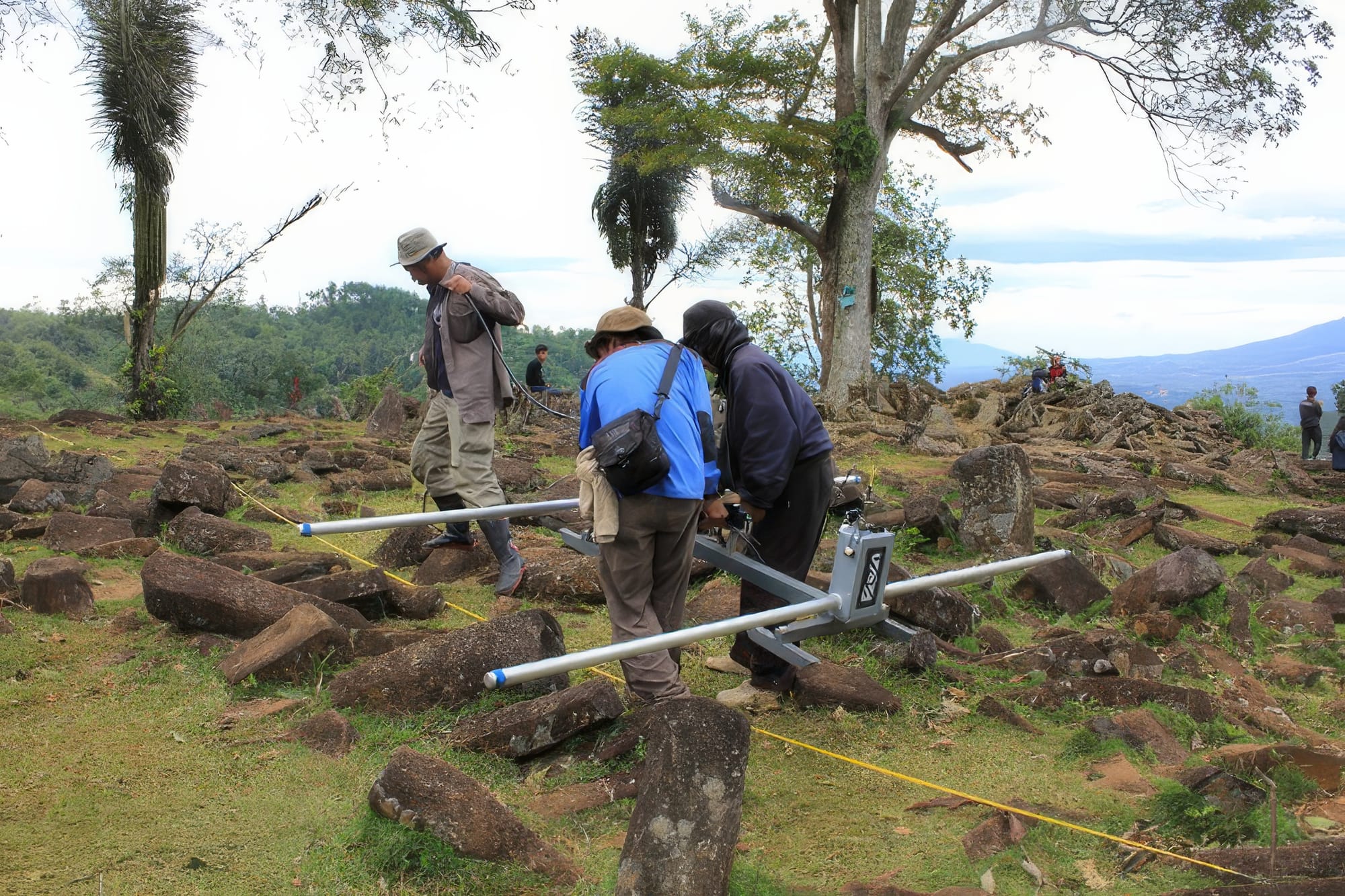
The descriptions include the results of the 3D scanning, which have provided clear images of the subterranean structures, revealing multiple construction layers and “voids” or chambers. More surprises may be waiting beneath the surface.
Some believe the buried structures could contain tools, bones, or inscriptions that would conclusively prove their age and purpose. Others warn that premature digging could damage a site whose full scope is still unclear.
For Hilman, the risks are worth it. “This site may be the key to a lost chapter of human history,” he says. “Maybe there was a civilisation before the flood myths we read about in ancient texts. Maybe we forgot who we were.”
He points to Plato’s Atlantis, to Mesopotamian flood epics, to the oral traditions of Sundanese and Javanese kingdoms that speak of a golden age lost beneath the sea. Could Gunung Padang be part of that forgotten world? “The site doesn’t lie,” he says. “The earth holds memories longer than any scroll or statue.”
Whether Gunung Padang will ultimately rewrite the story of human civilisation remains to be seen. But even now, it forces us to ask difficult questions. Who were the people who built it? What knowledge did they possess? And why did they vanish?
As Hilman stands atop the stone terraces, watching the clouds curl around the distant peaks, he seems less like a scientist and more like a messenger — someone who has been entrusted with a secret and is trying, against great odds, to share it with the world. “The reckoning isn’t mine,” he says. “It’s ours. All of us. We have to decide if we’re ready to remember what we’ve forgotten.”
Whether Gunung Padang ultimately reveals a forgotten civilisation or merely challenges the limits of current understanding, it has already succeeded in doing one thing: it has made the world look again. In a time when science often moves cautiously and history is tightly guarded by institutions, Dr Danny Hilman’s work is a reminder that bold questions still matter — and that sometimes, the past is not behind us, but buried just beneath our feet, waiting to be discovered and remembered. The reckoning has begun. And the truth, whatever it may be, will not stay hidden forever.
Read PART ONE: West Java’s forgotten pyramid: Older than known civilisation? Click here
In Part 1 of his interview, Prof Danny Hilman shares the secrets beneath the “mountain”. He talks about his battle to rewrite history at Gunung Padang.




